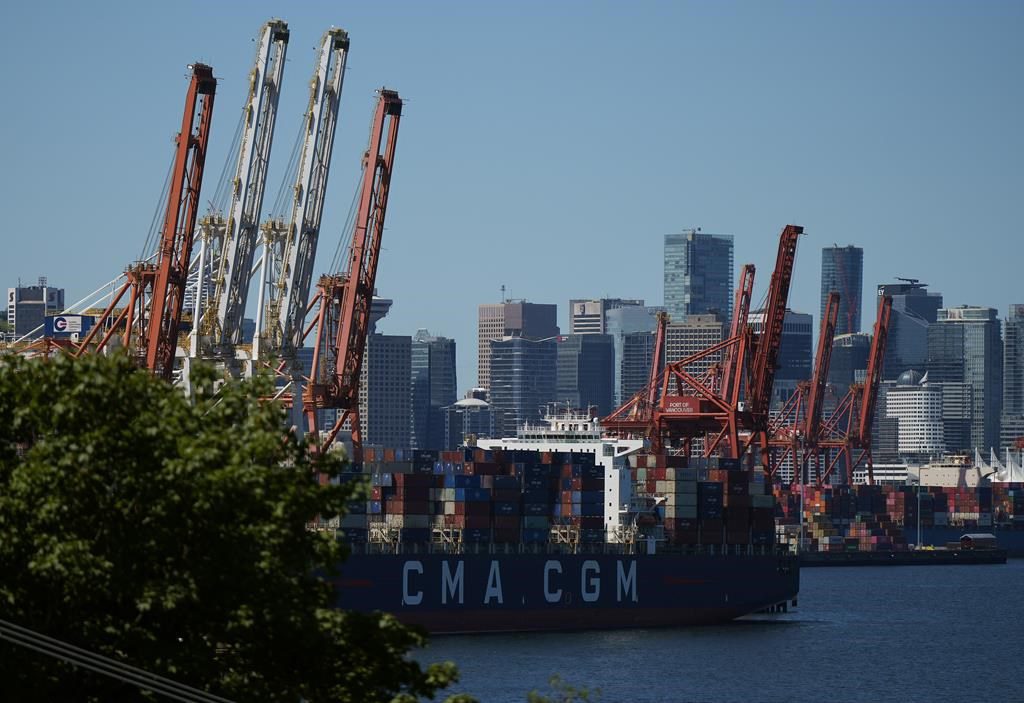OTTAWA — Canadian exports of thermal coal increased another seven per cent last year, reaching the highest level in almost a decade.
The boom in exports of the kind of coal burned to make electricity comes as Canada leads a charge to end the use of coal as a source of power worldwide.
The Liberals also promised three years ago that all thermal coal exports will stop from Canada by 2030, but exports have risen almost 20 per cent since that promise was made.
Statistics published this month by the ports of Vancouver and Prince Rupert show 19.5 million tonnes of thermal coal were exported through their terminals last year.
That’s up from a little more than 18 million tonnes in 2022 and is almost twice the amount Canada exported in 2015 when the Liberals took power.
Fraser Thomson, a staff lawyer at Ecojustice, says he thinks some companies know their days of shipping thermal coal are numbered and are trying to get out as much as they can before they get cut off.
Coal is considered the dirtiest fuel for making electricity when it comes to greenhouse gas emissions and air pollution. It produces almost twice the amount of carbon dioxide when burned as natural gas to make the same amount of energy.
Global coal use expanded in 2022, partly as the Russian invasion of Ukraine led to a spike in gas prices. The International Energy Agency said in its most recent forecast that it believes thermal coal demand may have peaked in 2023.
China accounts for more than half the world’s use of thermal coal, and India almost 15 per cent.
Environment Minister Steven Guilbeault said last month he expects to announce a plan to phase out coal exports later this year.
NDP MP Laurel Collins got tired of waiting for Guilbeault to act and in February introduced a private member’s bill to force the end of coal exports. The bill has not yet been debated.
Canada and the United Kingdom also launched the global Powering Past Coal Alliance seven years ago to encourage all countries to cut back on the use of coal as a source of power.
Canada’s domestic use of coal power has fallen dramatically, helped by Ontario’s decision to close all its coal power plants. The last one in that province closed in 2014.
Alberta’s last two coal plants are transitioning to natural gas this year.
Saskatchewan, New Brunswick and Nova Scotia are the only other provinces with significant reliance on coal, but regulations require them to close them, transition them to gas, or equip them with emissions capture technology by 2030.
Despite all that, Thomson said Canada continues to ship coal overseas.
“What happened when the Liberals brought in the effective ban on burning coal domestically, the idea was that the coal mines that were supplying those plants would be shuttered and eventually that industry would transition,” he said.
“What we’ve seen since that time is domestic production of coal has skyrocketed threefold, and the government seems to not be doing anything about it despite promises to tackle it.”
Almost all of the thermal coal Canada produces comes from coal mines in Alberta and is exported, mainly to Asia, from ports in B.C.
This report by The Canadian Press was first published March 29, 2024.
Mia Rabson, The Canadian Press





